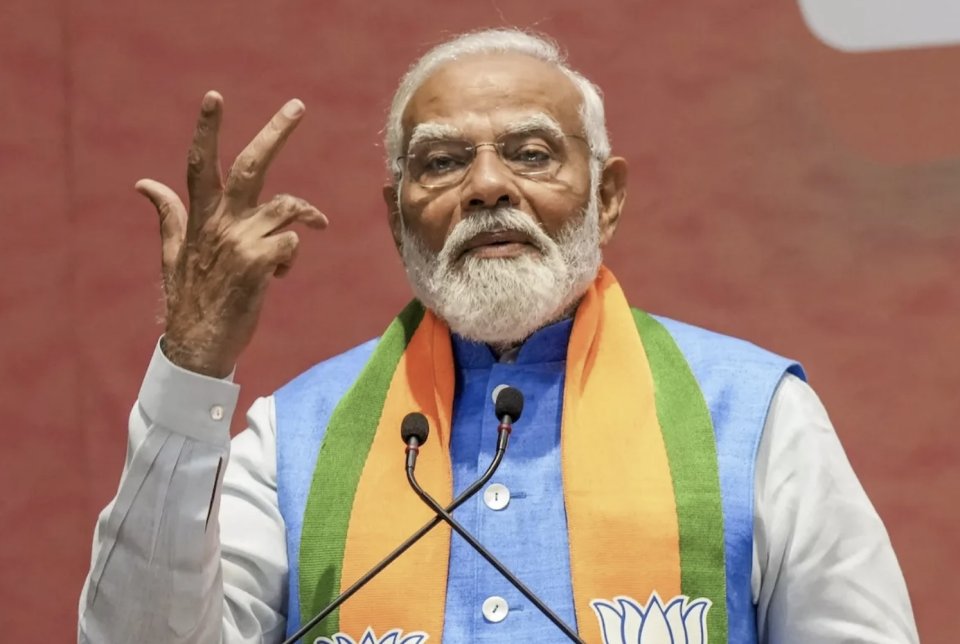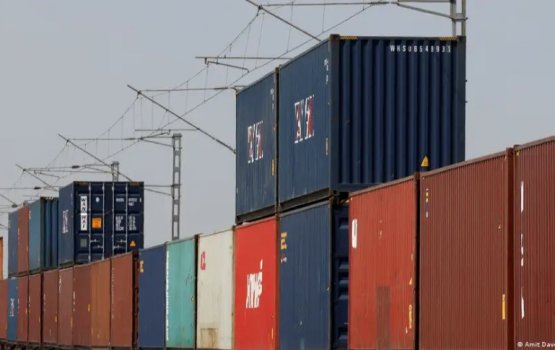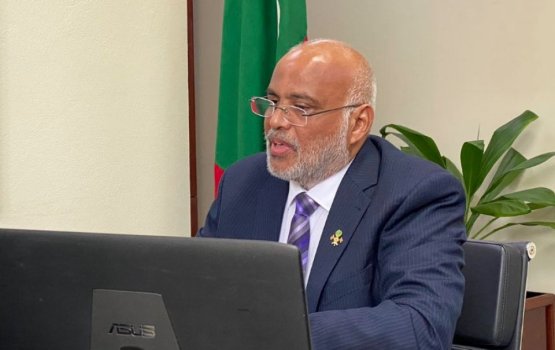In March 2025, Prime Minister Modi introduced the MAHASAGAR initiative, a revamped version of India’s previous SAGAR strategy for the Indo-Pacific. Unlike its predecessor, MAHASAGAR is more comprehensive, integrating security, economic cooperation, technology sharing, and sustainable development into a cohesive long-term plan.
The launch came during Modi’s visit to Mauritius, where India also upgraded its bilateral relationship to an Enhanced Strategic Partnership. MAHASAGAR aims to foster trade-driven growth, bolster regional security, and enhance capacity-building in the Indian Ocean Region (IOR), with a particular focus on littoral states.
This initiative builds on India’s decade-long engagement under SAGAR, which emphasized a safe, secure, and stable Indo-Pacific. India’s Indo-Pacific Oceans Initiative (IPOI) further complements MAHASAGAR, offering a platform for regional collaboration on maritime issues, disaster relief, and resource management. India’s alignment with key players like the US, Japan, Australia, and ASEAN has solidified this approach.
However, China’s growing influence in the region, especially its economic leverage through initiatives like the Belt and Road Initiative (BRI), poses a significant challenge to India. For instance, Mauritius' trade with China is nearly double that with India, revealing Beijing's financial clout.
India’s pivot from SAGAR to MAHASAGAR aims to counterbalance China's reach by scaling up development and security cooperation with IOR countries. Despite these efforts, India's ability to fully realize this vision is hampered by budget constraints within its foreign ministry, potentially limiting its capacity for large-scale support.
As global geopolitical dynamics shift, India's leadership in the Indo-Pacific will depend not just on strategic partnerships, but also on its economic and financial resilience to execute MAHASAGAR effectively.







